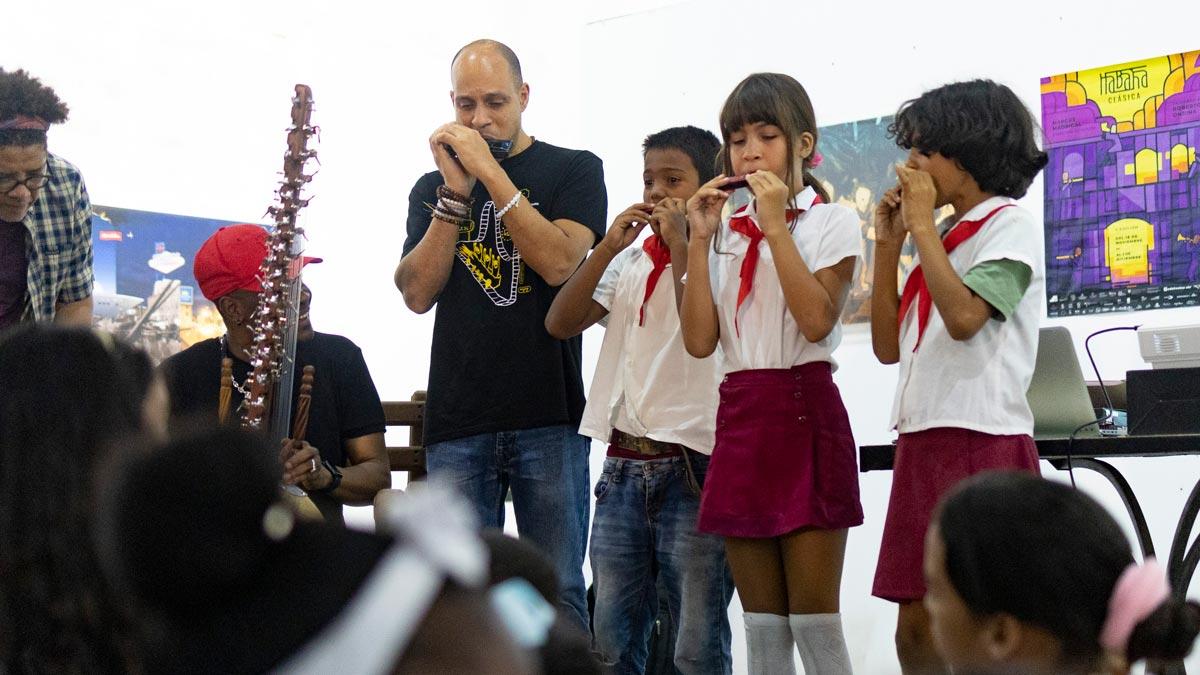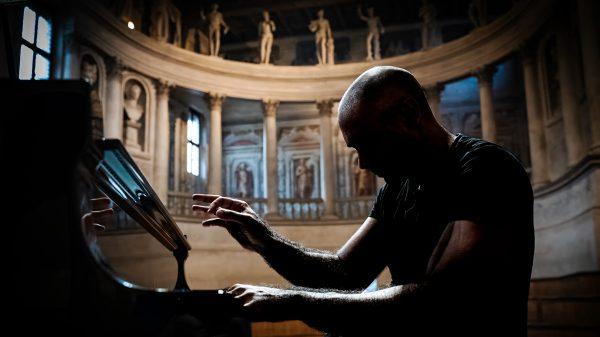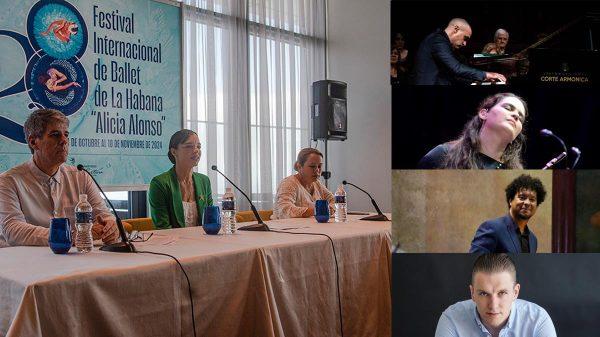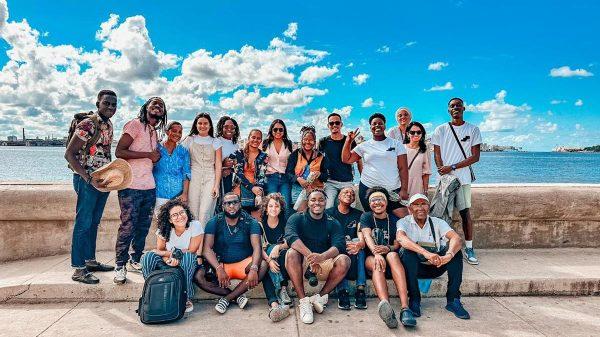With the tenderness of those who have in their innocence the purest capacity to appreciate beauty, children, one of the most touching chapters of this fifth edition of the Habana Clásica Festival is written, once again bringing together beings from different latitudes in Havana, united by the spell of sound.
That afternoon, the rain would visit. We arrived at La Timba neighborhood, in El Vedado, at the creative project La Manigua, on Paseo and 35th Street. This is an initiative born to sow art, create play and learning experiences related to Cuban history and culture, based on the work of our own Juan Padrón, and I say our own, because Cuban children owe much to his ingenuity and creative universe.
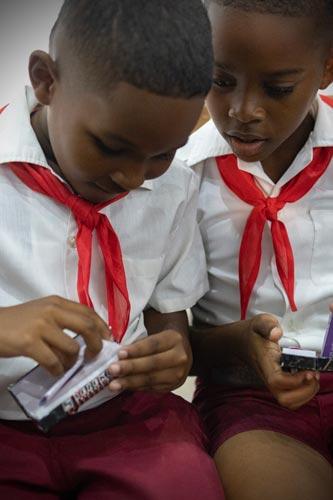
The nave, which also functions as a workshop-gallery, was full of children. We were welcomed by Silvia, Juan Padrón’s youngest daughter. Scarves and rumor, smiles, and expectation on the faces of the parents, who have come to the appointment even with some babies in their arms, with the intention of meeting the musicians who visit us this year as part of the international festival. They are waiting for the Swiss harmonica player, Grégoire Maret, one of the essential figures of the contemporary music scene, recognized for his innovations in the instrument’s technique and jazz. He returns for the second time to Cuba.
After the main concerts at the Basílica Menor del Convento de San Francisco de Asís and the theater of the Museo Nacional de Bellas Artes, Maret tours some sites in the city. This time he intends to offer an elementary harmonica lesson to children. He is accompanied by Chérif Soumano from Mali, an outstanding kora player and descendant of the Griot heritage, who has just arrived in the city the night before.
After the snack, the presentations begin. Lorenzo Suárez, general producer of Habana Clásica, together with Ernesto Doñas, the festival’s deputy artistic director, kicked off the day. “We must be very quiet to listen to the voice of the kora and the chromatic harmonica,” says Lorenzo, who translates with extreme gentleness, from French into Spanish, everything Maret says.
The children, fourth-grade students of Gustavo Pozo elementary school and the children’s choir of the Fábrica de Arte Cubano, exchange with carefree curiosity. Some comment that they have seen a harmonica. Others say that Switzerland is the city of love. We smile at such inventiveness, convinced that ours is also the city of love. Grégoire plays a few short notes, comments a little about the instrument and the technique. We contemplate those wide-eyed faces, all very attentive to listen better. They do not want to miss any detail.
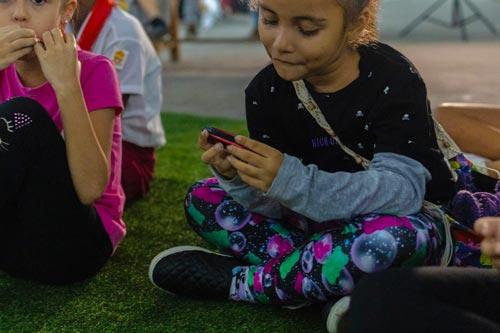
It’s time to hand out the harmonicas and follow the master. Instrument in hand. The room is a range of sounds. Sitting on the carpet, the little ones also improvise. They blow with certainty, others are still timid. They organize themselves to imitate the musician. Little by little, they stand up to tame the harmonica. Maret laughs in a mixture of emotion and amazement at the spontaneity of the children. There is a genuine interest in those who gather to play. The energy of alchemy is perceived.
In a second moment, Grégoire and Chérif, who had only met the day before, improvise a piece. Lorenzo also translates the Malian musician’s phrases: “The kora is the oldest instrument in West Africa. The first kora came out of the water and is made of cowskin,” he tells us. “Poor little cow!” exclaims a little girl from the audience. Maret invites all the children to join him. They play together. Lorenzo is in front, as if conducting the newly assembled orchestra of harmonicas. Happiness is a contagious feeling.
Sometimes we wonder about the earth and the seeds. Here is the value of these stairs stretched out into the future. Who knows how many of these children will be interested in a professional path to music, or which of these harmonicas will remain in storage until they find their true owner, perhaps many years later. What is certain is that music has opened many doors today, and its beauty also has the name of that nine-year-old girl, with tears in her eyes, shaken by the sound of the harmonica. “It has touched my heart,” she tells me. Music can change the world because it can change people.
A festival is a weaving of bridges, embraces, improvisations, emotions, but beyond concerts, conversations and master classes in conservatories, a festival should be a beating heart in the center of every city.
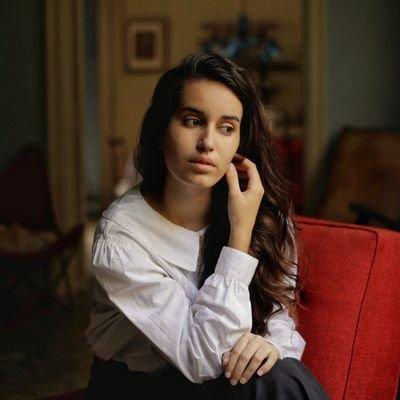
Giselle Lucía Navarro: Poeta, escritora y artista visual. Licenciada en Diseño Industrial. Ha obtenido premios en los géneros de poesía, narrativa, literatura para jóvenes y ensayo; entre estos, Pinos Nuevos, Edad de Oro, Calendario y el David. Ha publicado 7 libros, uno de ellos en edición bilingüe en Roma. Su obra se ha traducido a diversos idiomas. Codirige el proyecto Poetas en Paralelo, con el apoyo del Instituto Cervantes y la Casa de la Poesía de Milán.






